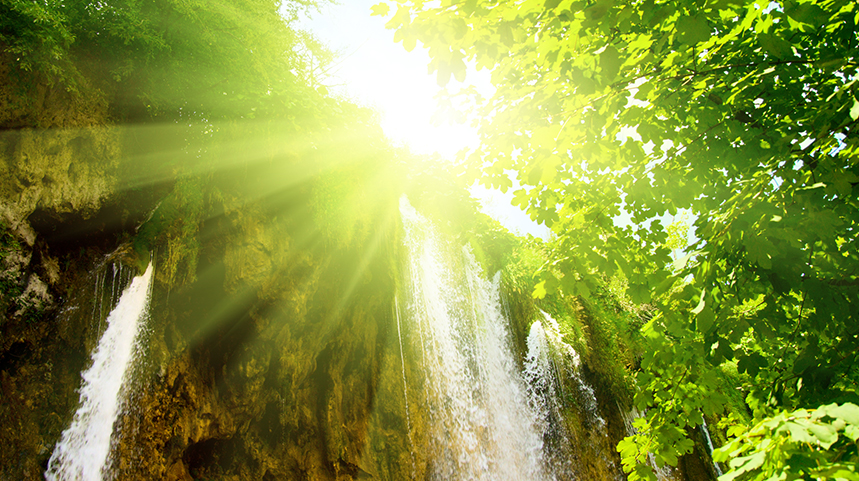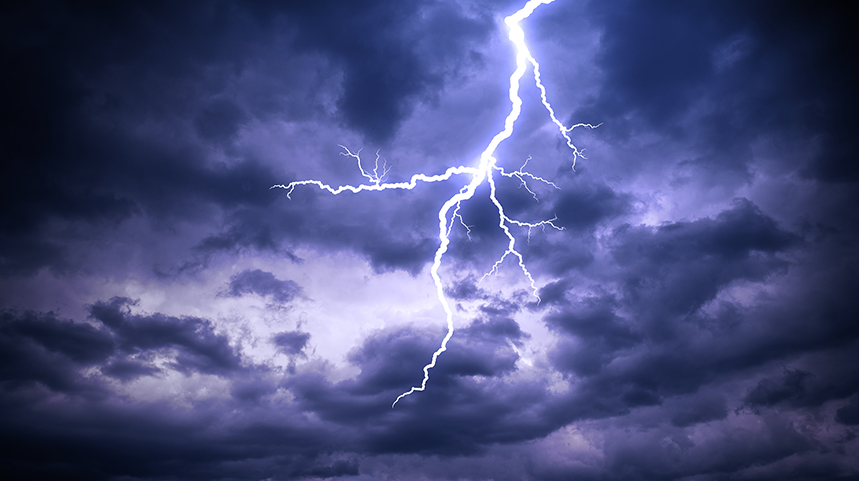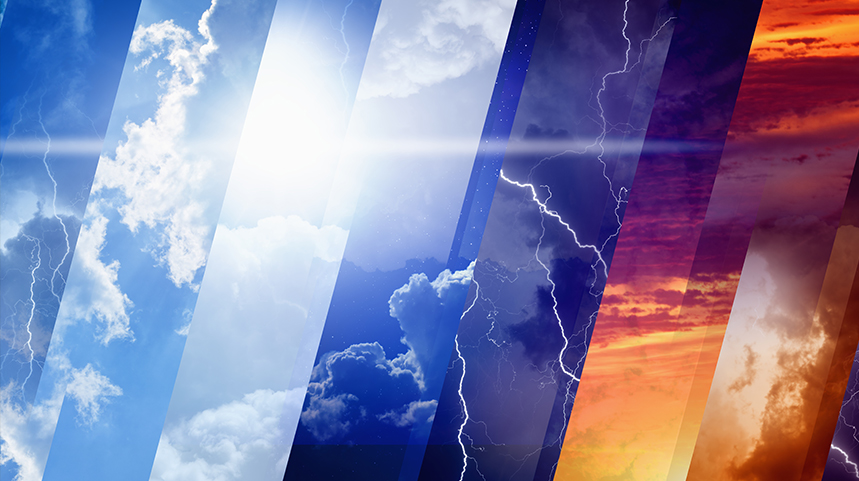These days, most people might be used to seeing “gods” personified on screen in movies like Thor, Immortals, and Clash of the Titans. But the history of weather gods is actually a fascinating, complex, and educational chronicle, filled with great stories and insights into the human condition.
The Folklore of Weather
For thousands of years, civilization has been fascinated with the study of weather, known to us today as meteorology. There are records of societies that performed intricate rituals to bring the rain, made human sacrifices to the sun, and personified the seasons as deities to be worshiped. Much of the world’s mythology is devoted to themes of the weather in art, theater, and literature.
In many early civilizations, the current state of the weather was believed by followers to be a direct manifestation of the mood of the gods, who might punish perceived misdeeds with storms, drought, and flood.
The first “weathermen” were usually medicine men, high priests or witch doctors, whose duties involved not only foretelling the weather but also constructing elaborate systems of prayer and ritual to appease the gods. These rituals were meant to placate the gods to ensure favorable conditions in the future. They were also not without consequence; in medieval Europe hailstorms were sometimes followed by the burning of witches.
Another source of predictions in the understanding of weather came, not surprisingly, from the two groups most affected by the weather: farmers and mariners. Both of these constituencies marked correlations between the weather and cloud patterns, the nature of the wind, and even changes in plant and wildlife behavior. Their folkloric oral tradition is known today as “weather lore.”
Mariners in particular developed their own folklore around the weather. By the mid-1700s, sailing boat captains had developed a good understanding of the role of wind systems, giving them nautical names that persist today, such as the Trade Winds and the Doldrums.
Messing with Mother Nature
The most persistent figure in the history of weather gods is surely the concept of Mother Nature, sometimes known as Mother Earth, Gaia, or other identifications. It turns out that the first Greek god was actually a goddess, Gaia, who created herself out of primordial chaos and now personifies the entire ecosystem of Planet Earth.
The earliest mentions of Gaia are found in Greek documents dating to the 12th century BC, although myths of nature goddesses are also found on Mesopotamian tablets dating back to the 3rd millennium BC. These enduring myths and hymns demonstrate that the personification of the nurturing side of nature as female has deep roots. Gaia is believed by some scholars to be the original deity behind the Oracle at Delphi.
Later medieval Christian philosophers did not see nature as inclusive of everything, but thought she had been created by God. Her place lay on earth below the unchanging heavens; for medieval thinkers she was only a personification, not a goddess.
This personification of nature is so strong that it appears time and again across cultures. The Roman poet Lucretius opens his poem De rerum natura (On the Nature of Things) by addressing Venus as the mother of nature. Algonquin legend find the Earth-Mother living beneath the clouds, from whom is derived the Water of Life. In Inca mythology, we find Mama Pacha or Pachamama, a fertility goddess who presides over planting and harvesting. We also can find Mother Nature personified in Eastern cultures including Phra Mae Thorani in Buddhist mythology and Dewi Sri, the Rice-Mother in the East Indies.
Gods of Thunder
In ancient cultures, there are a wide variety of weather gods ranging from Greece and Rome to Norse mythology. Each meteorological and earthly element was divided into subsets assigned to specific gods that were ruled over by a king god.
In Greek mythology, a prime example is Poseidon, the king of all the sea gods and goddesses, as well as the god of earthquakes. There were also gods for the moon, volcanoes, and snow as well as nymphs of water, wind, and other forces, along with a seemingly endless numbers of deities to mark every aspect of nature.
Then, of course, there is Zeus, king of all gods and god of the sky, thunder, lightning, and rain. Any masculine sky god is also king of the gods, taking the responsibility of patriarch within a pantheon. These gods often occupy the celestial world, as opposed to a netherworld ruled by Hades. Ancient Greeks, as well as other civilizations of that era, often attributed weather and climate change to the gods.
Another well-known example of a weather god is Thor, one of the most prominent figures in Norse mythology. These days most audiences might know him best via Chris Helmsworth’s cheeky performance as the god of thunder in the movies, but during the late Viking age, this god was at his height of popularity among the Scandinavian people. The brawny thunder god is the archetype of a loyal and honorable warrior and the unstoppable defender of Asgard. Wielding his mighty hammer Mjöllnir, Thor was often represented by lightning, which Scandinavians interpreted as the embodiment of Thor’s mighty hammer slaying giants.
We can also find representations of weather gods across many different cultures. In Japan, two mighty figures called Raijin and Fujin are the fearsome gods of weather. Today, you can still find statues of the pair at Japanese shrines and temples, where they serve as protectors. Japanese history has been filled with devastating typhoons and storms; as a result, Raijin and Fujin are both feared and respected for their immense power over the weather.
The March from Gods to Gigabytes
As time went on, the power of these weather gods waned, eventually replaced by technology. Yet we owe these ancient civilizations great respect for their accomplishments. The very word “climate” stems from the Greek word “klima,” meaning inclination, which in turn refers to the climate conditions created by the angle of the sun. Furthermore, ancient Greeks invented the term “meteorology,” the study of atmospheric disturbances.
Thanks to their continuous observation of nature, ancient civilizations had a great understanding of weather and climate in general. It may not have been as advanced as our modern science is in predicting destructive storms, but their basic knowledge helped them to better understand weather changes and find ways to benefit from that knowledge. This knowledge also formed a bridge between the divinity of weather and the scientific era that we know today.



